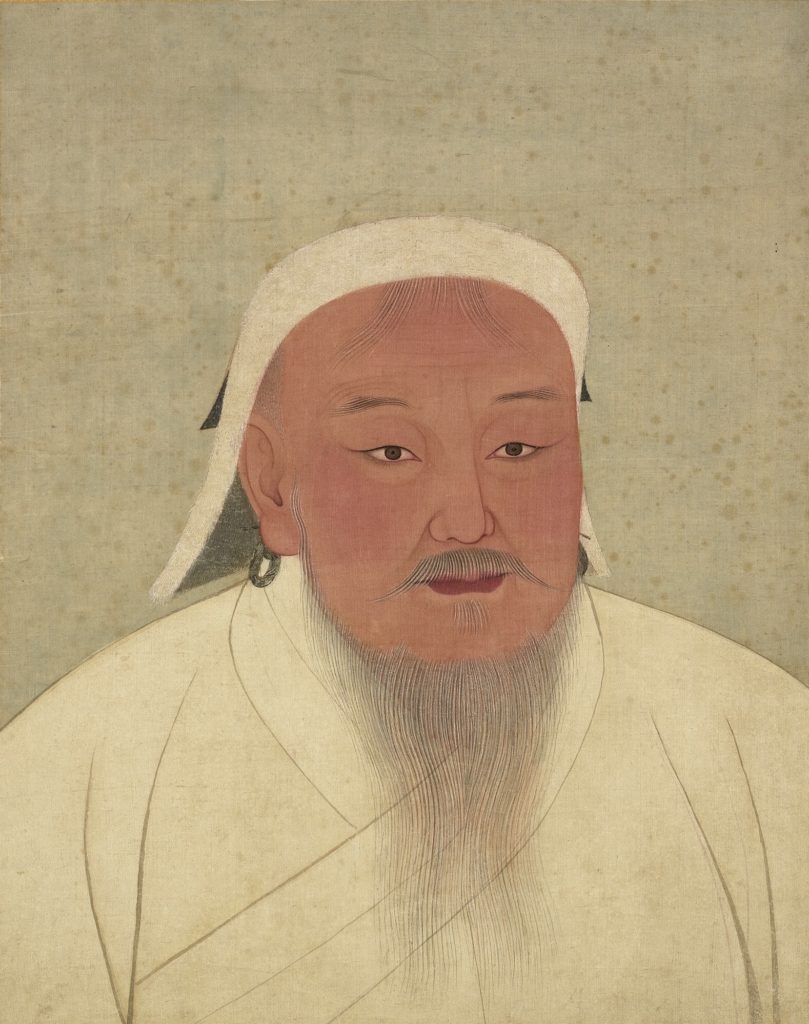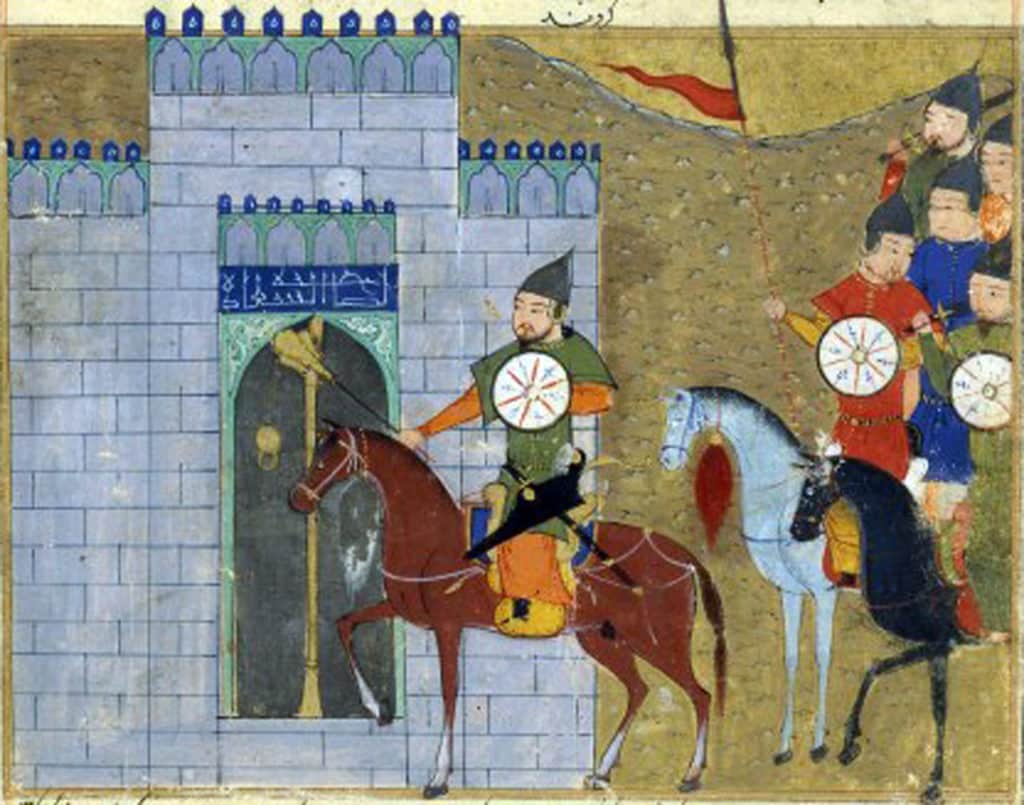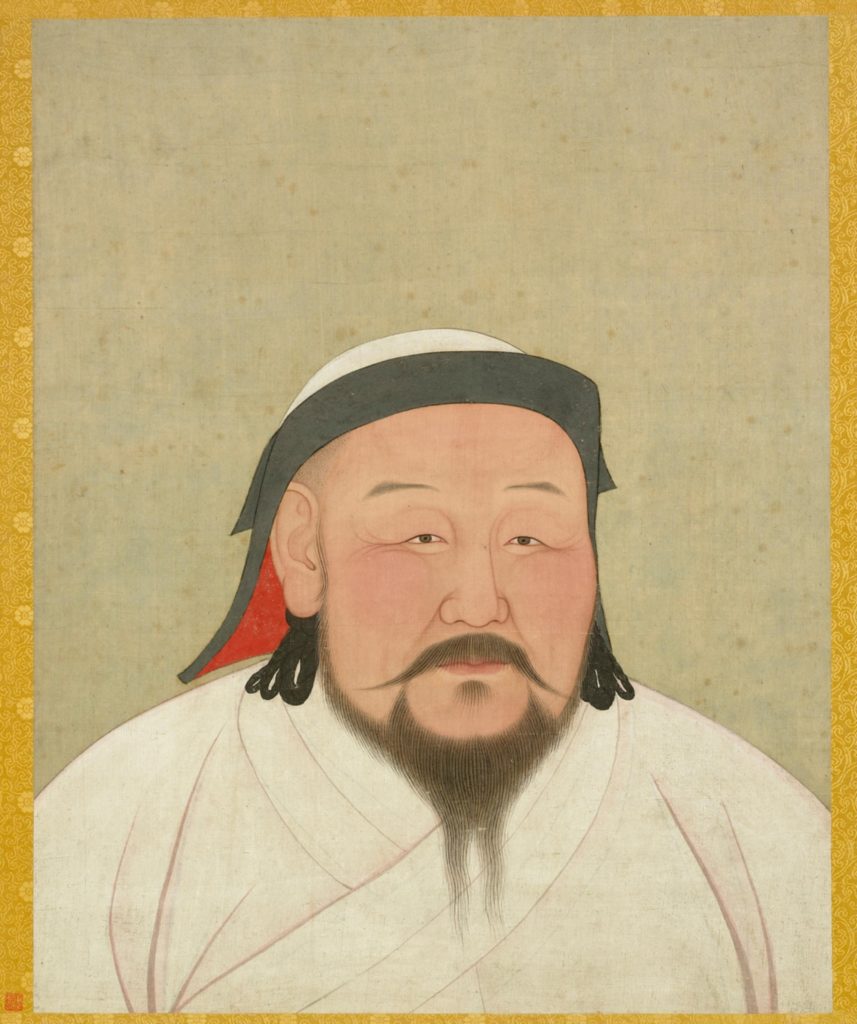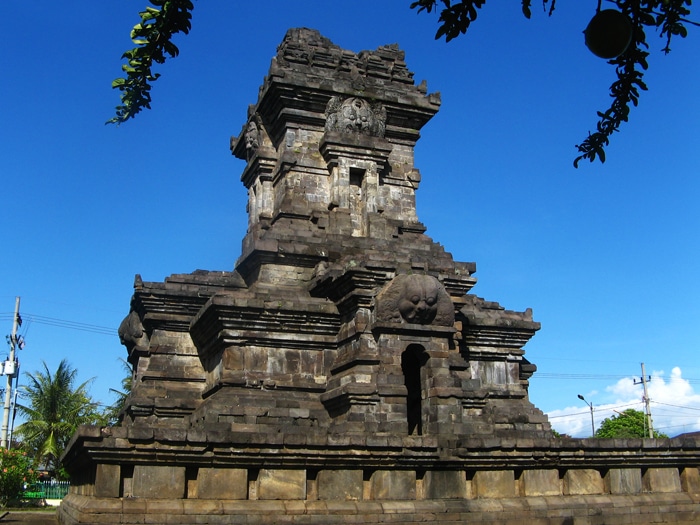This Week in History recalls memorable and decisive events and personalities of the past.
31st May 1293 – Mongol invasion of Java ends in failure

When Genghis Khan (more correctly pronounced Chinggis Khaan) assumed control of his clan on the desolate steppe of Mongolia, he could scarcely imagine the empire he and his descendants would create, an empire unmatched in size and power until the 19th century when the British Empire would finally surpass it in scale.

After uniting much of the eastern Eurasian Steppe, the Mongol armies launched an invasion of China in 1205 from the north, subjugating first the western Xia kingdom and then the Jin dynasty which had previously ruled northern China.
The Mongol armies would continue their conquests westward across the Eurasian steppe into Persia and Europe, eventually returning to conquer the rest of China, namely the rulers of southern China, the Song dynasty.

In 1276 the Mongols under the command of Genghis’ grandson Kublai Khan finally completed the conquest of China, defeating the last of the Song dynasty armies and establishing the Yuan dynasty.
The rapid success of Genghis and his descendants instilled in the Mongol rulers a belief that they were destined to conquer the Earth and that there should be no limits to their empire.
To this end, the Mongol conquests did not stop in any direction. The most ambitious of all the Mongol lords was Kublai Khan, who was not satisfied with his defeat of the Song.

Even before the last of the Song were defeated, Kublai made plans for invasions of Burma, Vietnam, Japan and even the far southern island of Java, today the most populous island of the Indonesian Republic.
In 1280, a Mongol diplomat arrived in Java at the court of the Kingdom of Singhasari, which ruled the eastern half of Java and was the dominant power in the region. Singhasari was one of numerous Indian influenced Buddhist, animist and Hindu states which were scattered across Indonesia and Malaysia. These kingdoms are still known today due to their elaborate architecture, literature and religious devotion.

This Mongol diplomat demanded the submission of the king to the Mongols and a payment of tribute to the new Yuan dynasty. Believing themselves to be safe from the distant Mongols, the king of Singhasari dismissed Kublai’s first emissary. When a second arrived in 1281, the Singhasari king treated the Mongol diplomat as a thief, branding his face with a hot iron, and cutting off his ears.
When news of this reached Kublai, he was outraged and set in motion his invasion plans for Java.
While these plans were being put into action, there was a revolt in 1292 against the Singhasari king by one of his vassals. This revolt was successful, and the once vassal kingdom of Kediri emerged to take the place of Singhasari as the dominant kingdom in the area. Some of the nobles from Singhasari left their homeland to found a new settlement called Majapahit.
The timing of this turmoil was terrible for the Javan states, since at the beginning of 1293, the Mongol army finally set out for Java in a great fleet of 1 000 ships to punish them for their refusal to submit.
The Mongol army carried on these ships numbered 25 000 and included many Chinese and Mongol veterans of the wars against the Song.
Troops had specifically been recruited from former Song territory in southern China, as they were far more used to fighting in the wet, tropical climate of Indonesia. (Having travelled across Java, the author can confirm that the humidity is not to be taken lightly.)

When the Mongols arrived, they found that the kingdom they had set out to conquer had been destroyed … but decided to continue the conquest and destroy Kediri instead. Hearing of the arrival of the Mongols, the former Singhasari loyalists, now based at Majapahit, allied with the Mongols promising to submit if the Mongols would help them destroy Kediri.
The Mongol army was initially successful and advanced on the Kediri, but during this advance they received word from their ally Majapahit, that the Kediri army was advancing on them and would soon destroy them if the Mongols did not come to their aid.
The Mongols arrived in time and pushed the Kediri forces back towards their capital, a joint army of Majapahit and Mongols marched on the Kediri capital. After a vicious battle in which the Mongols were victorious, the Majapahiti leader asked if he could return to his capital to prepare his tribute for the invaders, which included two princesses for Kublai’s harem.
After returning to Majapahit, the Javanese sent word to the Mongols, urging them to come and collect the tribute, but to bring no weapons, as the princesses would be offended by the sight of arms. The Mongol vanguard, unarmed, was ambushed by the Majapahit troops and massacred. Realizing the treachery, the Mongols marched on their former ally to destroy them but were ambushed in the jungles and suffered heavy losses, never reaching the enemy capital.
The harassment of their army forced the Mongols to abandon their spoils of war and retreat back to their ships. The Majapahit, however, had gathered a large force of Javan ships and attacked the Mongol fleet, inflicting heavy losses. With the monsoon winds – which the Mongols would depend on to return to China – due to end soon, the invaders lost little time in fleeing for home. Having lost more than half of their army and carrying almost no loot, the invaders departed finally on 31 May 1293.
This failed expedition was the last great military adventure of Kublai’s reign and he would die in early 1294.
If you like what you have just read, support the Daily Friend

